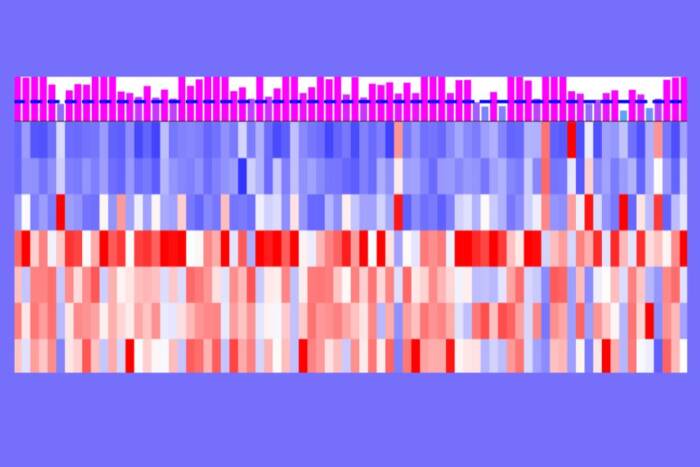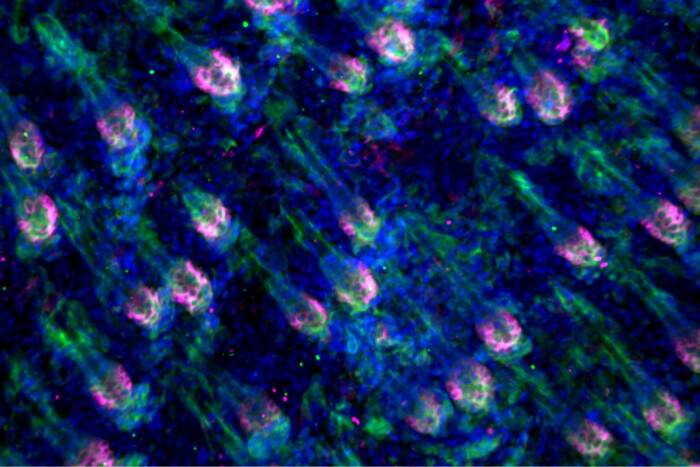Sriram
 (opens in new window)
(opens in new window)
B.Tech., Indian Institute of Technology Kanpur
High-precision Measurement of Bacterial Growth Rates: A Step
toward Understanding of Deleterious Fitness Effects of High
Mutation Rates
presented by Stanislas Leibler
Sriram, also known as Sri Ram, came to New York from Kanpur, India, where he did his undergraduate studies at the Indian Institute of Technology. His fields of study there were computer science and technology. Not surprisingly, therefore, Sriram feels at ease with computers and computations, but you would be mistaken if you classified Sriram as just your regular computer wiz.
Sriram’s interests and skills are broad. They range from computational biology to experimental microbiology, by way of electronics and optics. During his stay in our laboratory, Sriram participated in several projects. Some of them had a playful quality to them, such as the building of a microfluidic sorter for tiny translucent worms. Others were less playful, like the study of cooperation in synthetic communities of yeast. The main topic of his thesis, however, was a serious piece of engineering.
Motivated by the problem of understanding mutator strains in bacteria, Sriram built a novel apparatus to precisely measure the growth rate of bacteria over long periods of time. He can now follow bacterial growth over weeks by measuring their generation times every hour with a precision of tens of seconds. To give you an idea of this performance, let me transpose it onto the human time frame: This would roughly correspond to measuring the average lifespan of all human beings every year, over 2,000 years, with a precision of one month. Of course, feeding and babysitting bacteria is much, much easier — although Sriram still spent many days doing this in a 100-degree environmental room.
Sriram has other passions apart from science: In particular, he loves trains. Maybe when riding them in his beautiful native India he learned the lesson that he implemented so well in his experimental set-up: Speed and “high throughput” may be important, but precision and reliability are even more crucial.


